I tried $\;r=-1-\sin\theta,\,$ for $\,\theta$ between $[-2\pi,2\pi]$. But it's not as accurate as expected.
Any one to help me?
Thank you in advance.
I tried $\;r=-1-\sin\theta,\,$ for $\,\theta$ between $[-2\pi,2\pi]$. But it's not as accurate as expected.
Any one to help me?
Thank you in advance.
You can use the union of $$y = |x| + \sqrt{1 - x^2} \quad \cup \quad y = |x| - \sqrt{1 - x^2}$$ to obtain the following (compliments of Wolfram):
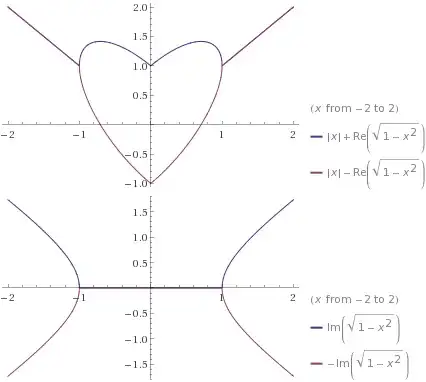
Then perhaps tweak the "domain" to obtain the desired figure.
Search Wolfram Alpha by typing heart curve in the input field: you'll find some heart curves to select from in a drop down menu.
For example, using $$(x^2 + y^2 - 1)^3 = x^2y^3$$ You'll obtain the following graph:
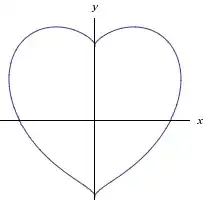
I couldn't resist also adding this:
If you want the "real thing": an anatomical heart: See this link for a very complex function that will yield the following graph!:
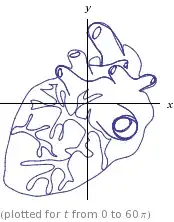
I love this one which is from one of my old works in Maple. There is another function in it:
> with(plots);
> plot([16*sin(t)^3, 13*cos(t)-5*cos(2*t)-2*cos(3*t)-cos(4*t), t = 0 .. 6.3], thickness = 3);
> implicitplot3d((x^2+9*y^2*(1/4)+z^2-1)^3-x^2*z^3-9*y^2*z^3*(1/80) = 0, x = -2 .. 2, y = -2 .. 2, z = -2 .. 2, axes = boxed, numpoints = 100000, color = red);
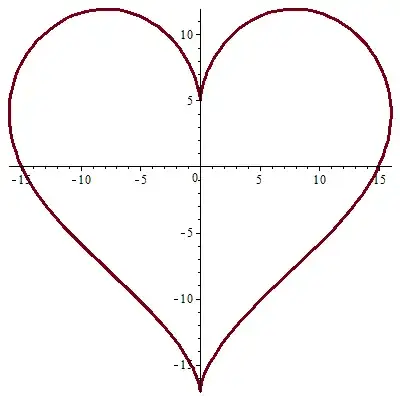
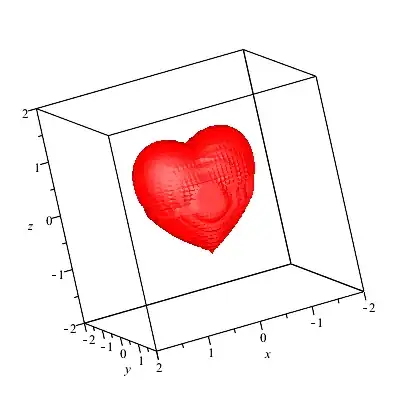
A variation on the equations given by Michael and amWhy:
$1.2y = \sqrt{|x| + 0.2} \pm\sqrt{1 - x^2}$
Tweak the constants to taste. Increasing the $+ 0.2$ makes the cusps less pointy.
Credit to IQ and Dave_Hoskins.